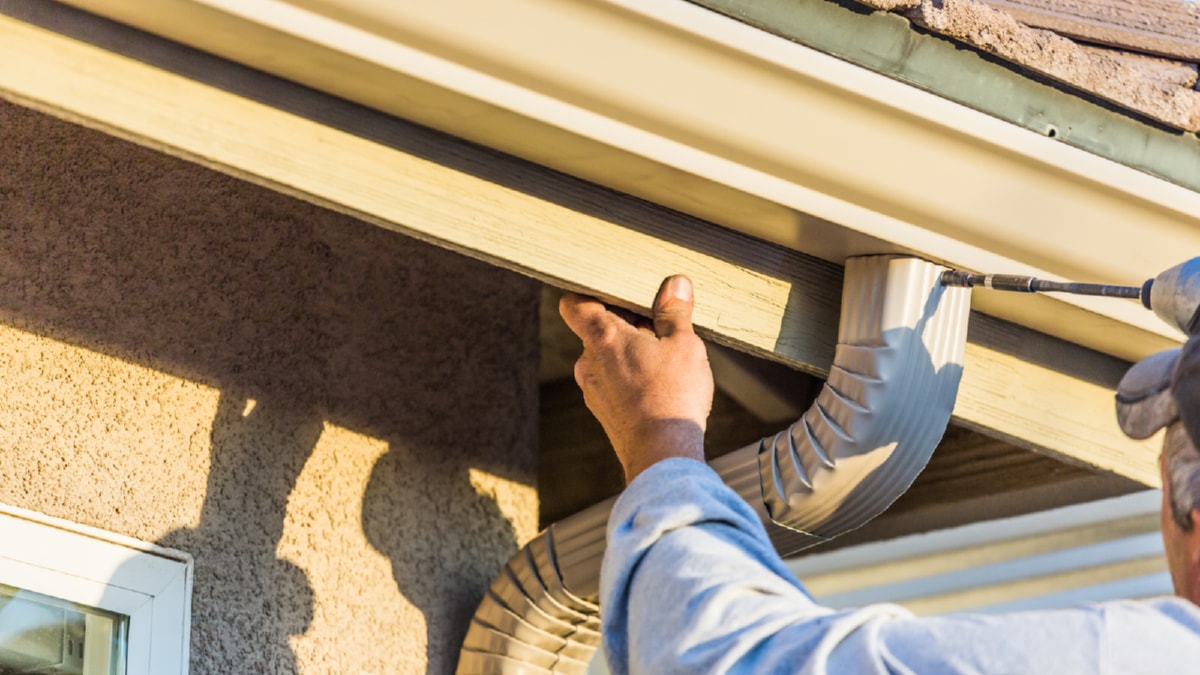The construction industry is continually evolving, and one of the most significant shifts in recent years is the integration of green building principles. This revolutionary approach has redefined the architectural landscape, proving that environmental sustainability and economic growth are not mutually exclusive. It is no longer just a trend, but a necessity, addressing the urgent need for a more sustainable future.
Green building, also known as sustainable construction, is an approach that focuses on creating structures and using processes that are environmentally responsible and resource-efficient. This approach strives to reduce the environmental impact of building, through its life-cycle from design, construction, operation, maintenance, renovation, and even demolition.
One of the key aspects of green building is energy efficiency. The goal is to create buildings that use less energy, reducing the reliance on fossil fuels and lowering greenhouse gas emissions. This is achieved through the use of energy-efficient appliances, high-efficiency windows and insulation, and even renewable energy sources such as solar panels and wind turbines.
Water efficiency is another crucial component of green building. This involves the use of water-saving fixtures, efficient irrigation systems, and rainwater harvesting systems, to reduce the amount of water a building uses and to decrease the strain on water supply and sewage systems.
Another important aspect is the use of sustainable building materials. This includes materials that are recycled or renewable, and those that are locally sourced to reduce transportation emissions. In addition, green buildings often use materials that have a low impact on indoor air quality, to create a healthier living and working environment.
The integration of green building principles also extends to the site selection and development. The goal is to minimize the environmental impact of the building on the local ecosystem. This could involve choosing a site that’s close to public transportation, to reduce the need for cars, or one that’s previously developed, to limit the disturbance to natural habitats.
However, integrating green building principles is not just about the environment. It also has significant economic and social benefits. Green buildings are often more cost-effective to operate due to their energy and water efficiency, and they can also offer improved indoor air quality and access to natural light, leading to healthier and more productive occupants.
Moreover, green building is also contributing to job creation in new fields like renewable energy and sustainable design. It’s also driving innovation, as companies compete to create the most sustainable and cost-effective building solutions.
In conclusion, the integration of green building principles represents a revolutionary approach in the construction industry. It’s not just about building structures; it’s about creating a sustainable future for all. It is a movement that goes beyond simple compliance with building codes; it’s a commitment to making a positive impact on the environment and society. This approach requires collaboration across various disciplines, but the results are worth it. Green building represents a smart, sustainable, forward-thinking way to build and live, and it’s an approach that’s here to stay.
For more details, check best masonry services or visit their business listing here.



